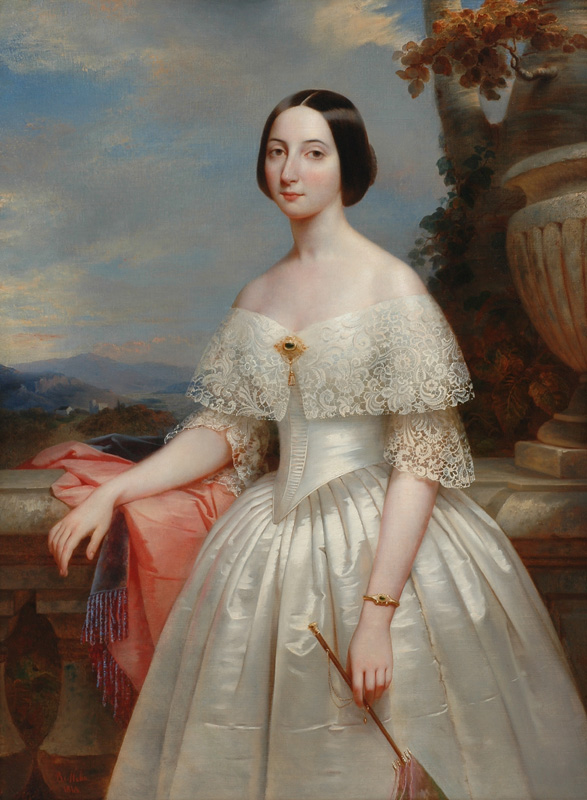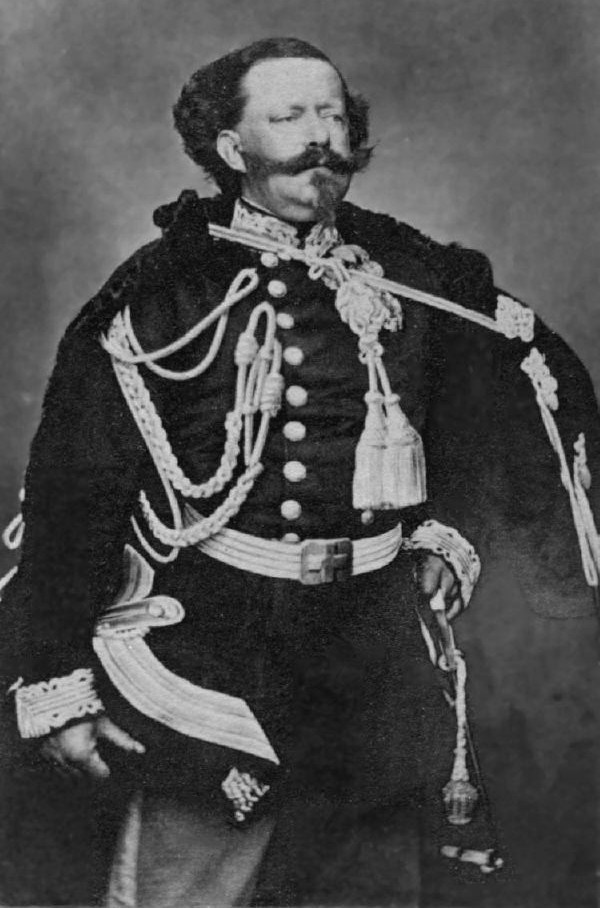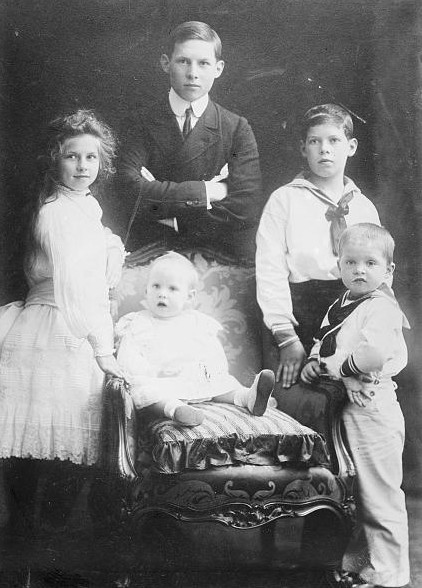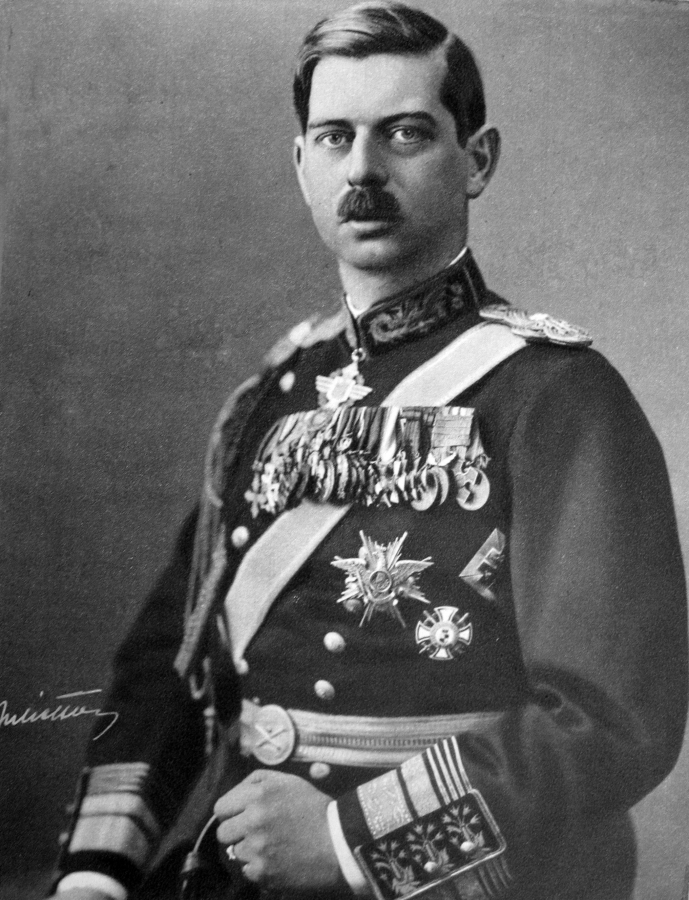by Scott Mehl © Unofficial Royalty 2016

Margherita of Savoy, Queen of Italy – source: Wikipedia
Queen Margherita of Italy was the wife of King Umberto I of Italy, who reigned from 1878 until his assassination in 1900. She was born Princess Margherita Maria Teresa Giovanna of Savoy just after midnight on November 20, 1851, at the Palazzo Chiablese, part of the Royal Palace of Turin. in Turin, then in the Kingdom of Piedmont-Sardinia, now in Italy. Margherita was the daughter of Prince Ferdinando of Savoy, Duke of Genoa, and Princess Elisabeth of Saxony. She had one younger brother:
- Prince Tommaso of Savoy, Duke of Genoa (1854 – 1931) – married Princess Isabella of Bavaria, had issue
Margherita’s father died when she was just four years old, and soon her mother married again to her chamberlain. Margherita’s uncle, King Vittorio Emanuele II of Italy, enraged by this secret marriage before the official period of mourning was over, sent Margherita’s mother into exile, and for some time she was separated from her children.
Margherita was educated by a series of governesses and tutors, studying several languages, history, and literature, as well as significant studies in the arts and music. She was also raised in a very devout Catholic manner. She took weekly dance lessons, along with her cousin (and future brother-in-law), Prince Amedeo, Duke of Aosta, the future King of Spain, and it has been suggested by several scholars that there were the beginnings of a romantic relationship. Several years later, the idea of marriage to her other cousin, the future King Umberto I, was suggested, but King Vittorio Emanuele wanted to arrange a marriage to an Austrian archduchess to strengthen ties between the two countries. Sadly, the proposed bride, Mathilde of Austria, died tragically when her dress caught fire. Shortly after, it was again suggested that Umberto should marry Margherita, and this time, the king agreed. Having already refused an offer of marriage from the future King Carol I of Romania, Margherita happily accepted Umberto’s proposal in January 1868.
The marriage of Umberto and Margherita, 1868. source: Wikipedia
The couple married on April 21, 1868, in a civil ceremony held at the Royal Palace of Turin, with a religious ceremony held in the Turin Cathedral the following day. Settling in Naples, they had one son:
- King Vittorio Emanuele III of Italy (1869 – 1947) – married Princess Elena of Montenegro, had issue

Margherita with her son, Vittorio Emanuele, c1877. Source: Wikipedia
On January 9, 1878, Margherita became the first Queen of Italy when her husband ascended to the throne following his father’s death. Immensely popular with the Italian people, Queen Margherita was very active with many cultural organizations, promoting the arts, and working extensively with the Red Cross. She is credited with introducing chamber music in Italy and often helped up-and-coming musicians with their education. These included composer Giacomo Puccini, who was able to study at the Conservatory of Milan thanks to a scholarship granted to him by The Queen.
Always possessing an adventurous spirit, in 1893 she climbed the Punta Gnifetti for a ceremony in which a mountain hut, the Capanna Regina Margherita, was named in her honor. She later became President of the Ladies’ Alpine Club.
Margherita was widowed on July 29, 1900. While visiting the city of Monza, King Umberto I was shot and killed by an anarchist who was avenging the deaths in the Bava-Beccaris massacre. The throne passed to the couple’s son, Vittorio Emanuele III, and Margherita settled into her new role as Queen Mother. She devoted herself to her charity work and the advancement of the arts in Italy. She maintained her official residence at the Palazzo Margherita in Rome and also lived in the Stupinigi Hunting Lodge.

Queen Mother Margherita, 1908. source: Wikipedia
In 1914, Margherita purchased Villa Etelinda in Bordighera, Italy. Originally built as Villa Bischoffsheim in the 1870s, she had stayed there as a guest in 1879 to recover after the first assassination attempt on her husband. In 1896, it was purchased by Claude Bowes-Lyon, 14th Earl of Strathmore and Kinghorne (father of Queen Elizabeth The Queen Mother) who renamed it Villa Etelinda. The villa was situated in a large park, which is where Margherita had a new house built, named Villa Margherita. For the remainder of her life, she spent several months at Villa Margherita each year, entertaining numerous artists and writers as well as members of her family.
Queen Margherita died at Villa Margherita in Bordighera, Italy on January 4, 1926. She is buried beside her husband in the Pantheon in Rome, Italy.

Tomb of Margherita and Umberto; Credit – By Paul Hermans – Own work, CC BY-SA 3.0, https://commons.wikimedia.org/w/index.php?curid=12748068
This article is the intellectual property of Unofficial Royalty and is NOT TO BE COPIED, EDITED, OR POSTED IN ANY FORM ON ANOTHER WEBSITE under any circumstances. It is permissible to use a link that directs to Unofficial Royalty.
Italy Resources at Unofficial Royalty




































